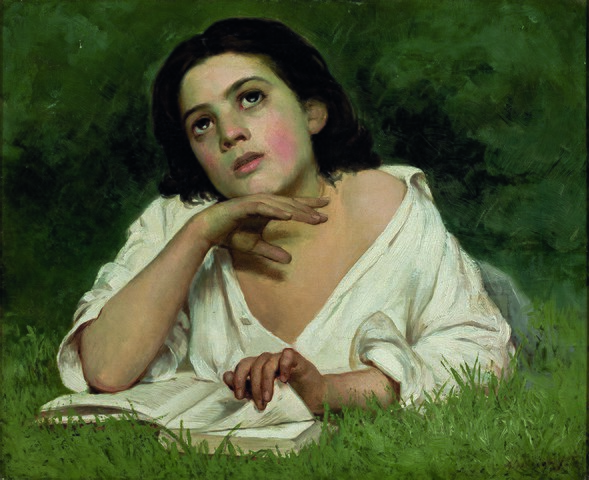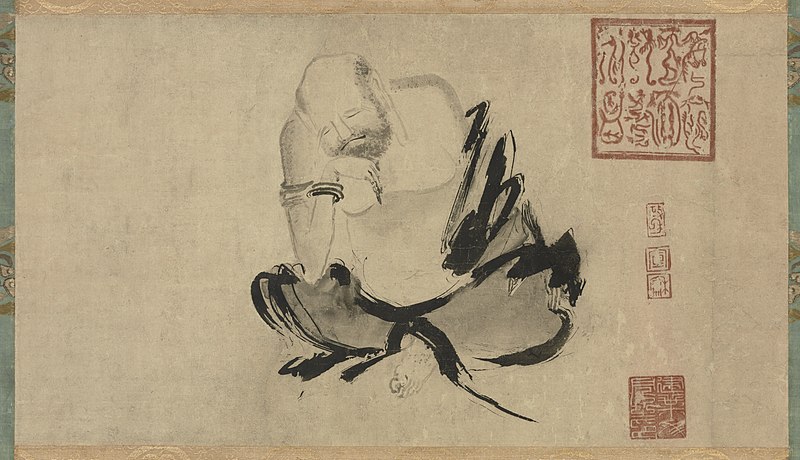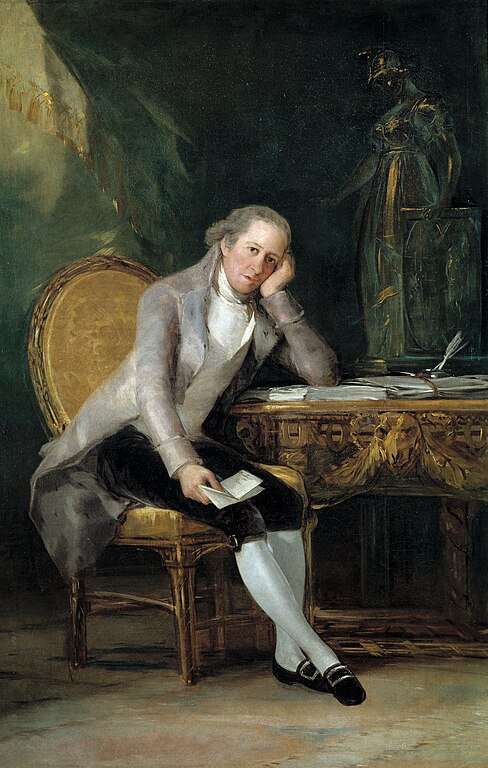
The Thammasat University Library owns a book that may be useful for understanding how students can get the best results with research projects. Library Anxiety: Theory, Research, and Applications is shelved in the General Stacks of the Pridi Banomyong Library, Tha Prachan campus. Most students appreciate libraries as sources of information, quiet places to study where advice may be asked of librarians. Library Anxiety discusses the few students who do not enjoy libraries in the same way.
These students may worry about their research skills, but are too shy to ask librarians or other staff for advice. Instead, they decide to stay away from libraries. This phenomenon was first noticed on college campuses in the United States of America about 30 years ago. Most academic studies on the subject have been written in the past ten years or so. Library anxiety occurs with some students all over the world. Research articles have identified the same phenomenon in Australia as well, for example. Why do these students feel uncomfortable in libraries?
- Some feel that the libraries are too big, with too many books.
- Others are not happy because they do not know where to find things.
- A few are worried because they do not know where to start research projects.
- Still others are concerned because they do not know what to do when they are at the library.
Fortunately, most students just ask a librarian or library staff member if they need help. For the small number of students who are not comfortable doing so, there are ways to help make them feel better. These students do not like to mention that they are confused by the library, and do not even admit it to their friends. This can affect their studies and academic productivity.
To address this issue, one study suggested that to make all university students feel comfortable with libraries, it would help to start making them familiar with research and library skills when they are quite young. Even in grade school, from age five and up, if students are given simple research projects, they may develop more confidence. Later on, they will not be afraid if they are expected to use a library for more complicated research assignments.
Part of the problem may be that university libraries are larger and more complex than high school libraries. Usually library anxiety is felt by a few first year undergraduates. On some occasions, graduate students also feel this anxiety, if as undergraduates they never resolved these feelings. So when they begin to study for a master’s degree, they may still have difficulty entering and using libraries.
Solutions
Most of the research that has been published so far underlines that library anxiety can be resolved by friendly librarians who are easy to find and are ready to help students, like the staff at the TU Library. Clear and informative signs are also essential. Using everyday language and trying to avoid complex words or acronyms that students may not understand are other key factors. Some university libraries even ask staff to wear name tags, so students can immediately see what each staff member’s work responsibility is in the library. Workshops and instruction can make a big difference, making students more comfortable with the library. That way, they will be more ready to ask a librarian for help with research.
Discussions with librarians can also definitely help. If readers know that they can get all the assistance they need just by going to one place, they may no longer be reluctant to try. Online reference services, such as the Ask a Librarian feature and the Online Reference Service on the TU Library website, are essential for students who might be shy about visiting the library to get necessary information. Some students find it easier to read a printed guide to library services, since websites can offer a lot of information and so many options that they can be puzzling for some students to know where to click. Some university libraries print basic Library Survival Guide booklets, meant to be amusing brief explanations that do not scare timid students away. Different survival guides are also prepared for library staff and visitors, to better inform them as well.

Further Research
One study, Reducing Library Anxiety in First-Year Students: The Impact of Computer-Assisted Instruction and Bibliographic Instruction by Anna M. Van Scoyoc, was published in the Reference & User Services Quarterly, a peer-reviewed academic journal covering library science. It is the official journal of the Reference and User Services Association and is published by the American Library Association. The study examined whether computer-assisted instruction and traditional research instruction sessions for students by library staff reduced library anxiety among first-year college students. It turned out that personal instruction by library staff members was more productive than computer-based lessons. This suggests that the old fashioned method of personally explaining things may be best for resolving issues of worry or confusion about university libraries. Professor Van Scoyoc, who is a reference/instructional technology librarian at the University of Georgia, USA, noted:
The transition from high school to college can be frightening for first-year college students. With making new friends, living on their own, and becoming familiar with new surroundings, college can be an overwhelming experience. Along with these lifestyle changes, college classes and course work also confront students. In order for students to do research for a project or a paper, they will need to enter a place where many have never been before: the college library. Librarians recognize that certain skills are needed to perform college research. Accordingly, colleges and universities have implemented library or bibliographic instruction sessions in their curricula to orient first-year students to research procedures and sources. Ideally, bibliographic instruction also assists students in increasing their levels of information literacy and acquiring life-long learning skills. With the advancement of technology and the Internet, traditional bibliographic instruction sessions are being augmented or replaced entirely by computer-based tutorials at some universities and colleges. A primary goal of both traditional bibliographic instruction and computer-based tutorials is to teach students how to properly use the college library (to locate sources within the college library). Even with libraries providing traditional bibliographic instruction and computer-based tutorials, many students remain uncomfortable using college libraries. The discomfort many students feel about library research is referred to as library anxiety.

(All images courtesy of Wikimedia Commons)
